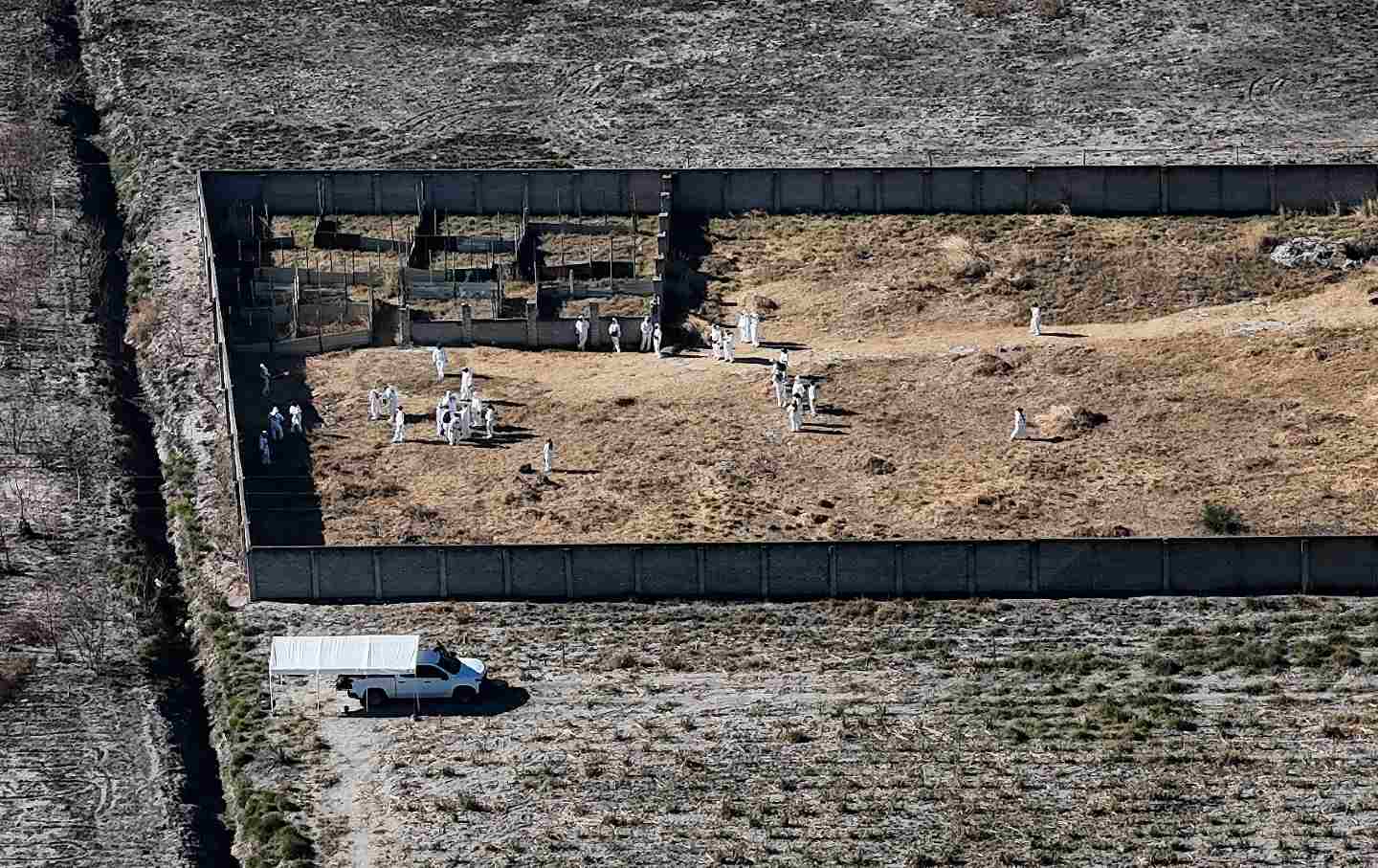From Prison to Home: How Liberty Crest Apartments Reimagined a Dark Past

Once a notorious prison complex, the site now known as Liberty Crest Apartments in Lorton, Virginia has undergone a dramatic transformation. From 1910 to 2001, the property served as the Lorton Reformatory, a prison primarily used to house inmates from Washington, D.C. It gained historical significance during the women’s suffrage movement, when suffragists were imprisoned there after protesting at the White House in 1917. The night of November 14, 1917—later dubbed the “Night of Terror”—is remembered for the brutal treatment of these activists.
After the prison officially closed in 2001, Fairfax County purchased the 2,324-acre site for $4.2 million the following year. The land was soon repurposed to serve the community, with parts of it converted into schools, a park, an arts center, and a golf course. In 2008, the county partnered with the Alexander Company, a developer with expertise in adaptive reuse, to convert the prison buildings into modern residences.
David Vos, a development project manager with the Alexander Company, noted that the Lorton Reformatory was an ideal candidate for repurposing due to its reform-era design. Unlike most prisons with minimal natural light and imposing structures, this facility featured an abundance of windows and architectural character, which made it suitable for apartment living. The company began converting the facility into 165 residential units, bringing new life to its historic walls.
The final result was Liberty Crest Apartments, comprising 165 units—44 of which are affordable housing options. The apartments include 84 one-bedroom and 81 two-bedroom units, with rents ranging from $1,372 to $2,700. All units are equipped with in-unit laundry. The renovation, which cost around $64 million, was completed using a combination of historic tax credits, low-income housing tax credits, and bond financing. Virginia Housing provided the first mortgage, with monthly payments around $125,000.
Liberty Crest opened its doors in June 2017 and was fully leased within months. Vos says the public response was mixed—while many praised the preservation of a historic landmark, others were uneasy about the site’s darker legacy. Still, the developers emphasized the importance of learning from history. “We believe preserving this site helps future generations understand and avoid repeating past mistakes,” Vos said.
Today, reminders of the property’s prison past remain scattered around the campus, including signs from the reformatory era. The name “Liberty Crest” was chosen to reflect the project's goal of liberating the buildings from their grim reputation. A former prison cafeteria has been turned into a community center, and other amenities now include a gym, yoga studio, swimming pool, and playgrounds. An open field with a grandstand built by inmates now serves as a recreational space for residents.
In addition to its residential purpose, the Liberty Crest property also hosts a preschool, restaurants, retail shops, and a dental office. Nearly a decade since opening, the complex is thriving. The Alexander Company is currently working to convert an old power plant into ten more apartments and has future plans to redevelop the former guard quarters as well, continuing the site's evolution from a place of confinement to a vibrant and inclusive community.
(img : apnews)
What's Your Reaction?
















:format(webp)/cdn.vox-cdn.com/uploads/chorus_image/image/70136881/1347078605.0.jpg)





